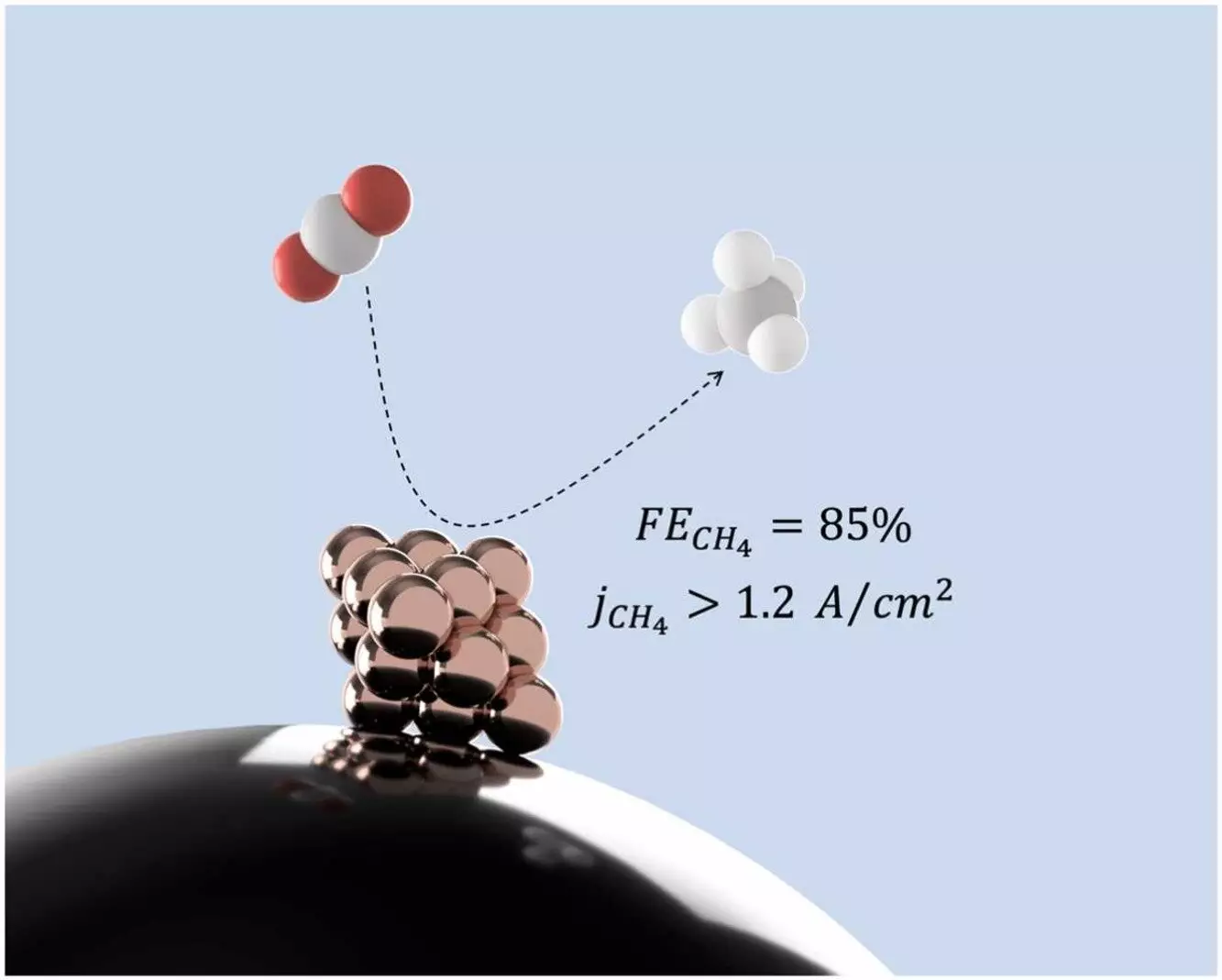The use of carbon in the atmosphere as a major driver of climate change has led researchers to explore innovative solutions. At McGill University, a new catalyst has been designed for converting carbon dioxide (CO2) into methane, a cleaner source of energy. This new method, known as electrocatalysis, utilizes tiny copper nanoclusters to transform CO2 into methane without introducing additional carbon dioxide into the atmosphere.
According to Mahdi Salehi, a Ph.D. candidate at the Electrocatalysis Lab at McGill University, the use of copper nanoclusters has proven to be effective in converting carbon dioxide from the atmosphere into methane. Salehi explains that once the methane is used, any released carbon dioxide can be captured and recycled back into methane. This closed “carbon loop” system offers a sustainable solution that does not contribute to new carbon dioxide emissions.
The research conducted at McGill University, with the support of the Canadian Light Source at the University of Saskatchewan, focused on testing copper catalysts of varying sizes. Salehi states that through simulations and lab experiments, the team discovered that extremely small copper nanoclusters were highly efficient in producing methane. This important finding highlights the significance of the size and structure of the copper nanoclusters in determining the success of the reaction.
The team at McGill University plans to continue refining their catalyst to enhance its efficiency and explore its potential for large-scale, industrial applications. By improving the design of the catalyst, they hope to open new avenues for generating clean and sustainable energy. The ultimate goal is to contribute to the reduction of carbon emissions and mitigate the impact of climate change through innovative technologies.
The use of copper nanoclusters in converting carbon dioxide into methane represents a promising development in the field of renewable energy. By harnessing the power of electrocatalysis and innovative catalyst design, researchers are paving the way for a more sustainable future. This breakthrough offers hope for addressing the challenges posed by climate change and transitioning towards a cleaner, greener energy landscape.


Leave a Reply